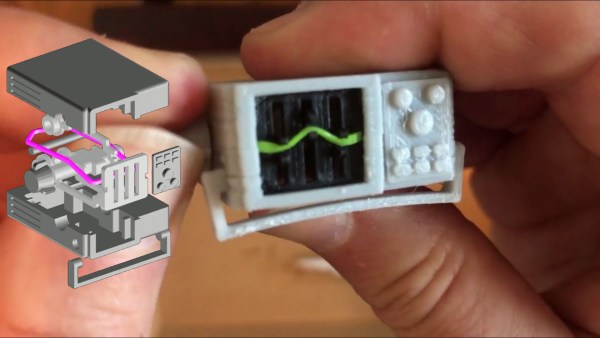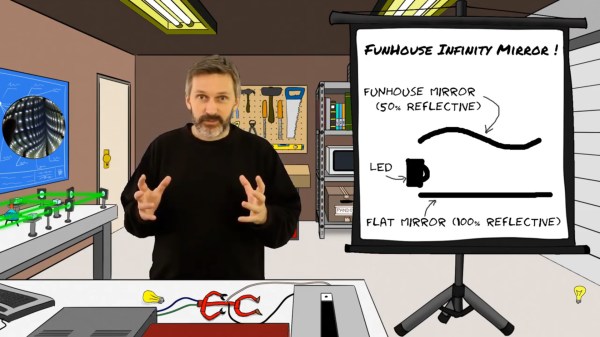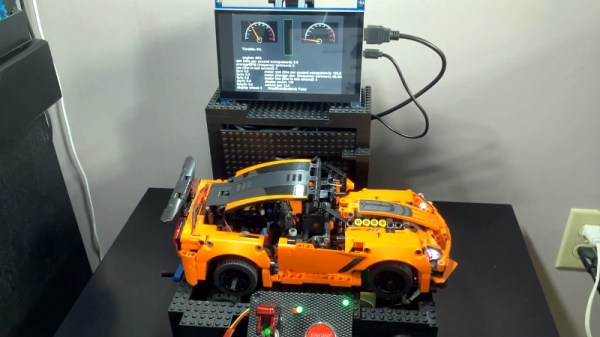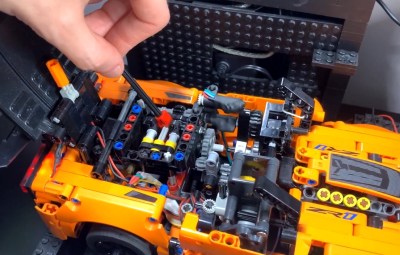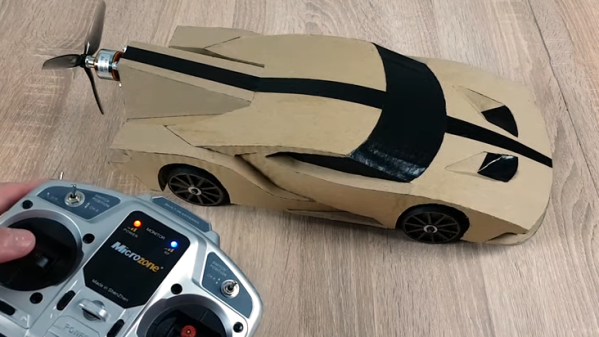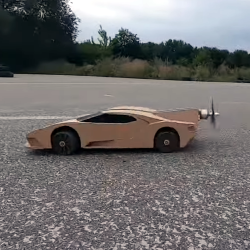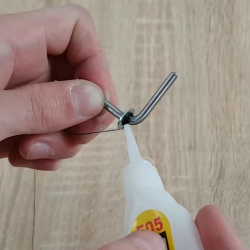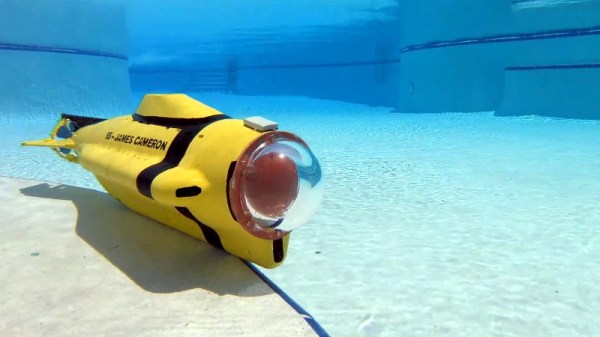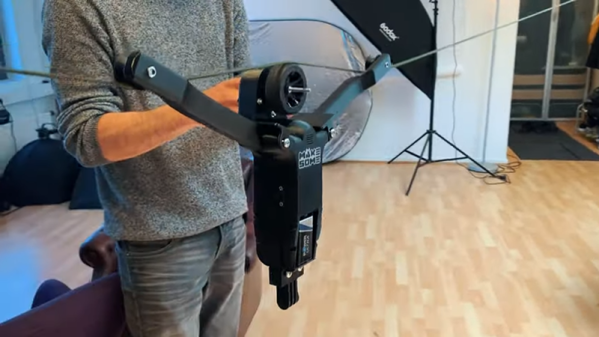Atmospheric pressure is all around us, and capable of providing a great deal of force when used properly. As Otto Von Guericke demonstrated with his Magdeburg hemispheres over 350 years ago, simply removing air from a chamber to create a vacuum can have astounding results. More recently, [Tom Stanton] has used vacuum to power a small 3D-printed dragster.
In the dragster build, a typical plunger syringe is plugged at the end, and the plunger pulled back. Atmospheric pressure acts against the vacuum, wanting to push the plunger back towards its original position. To make use of this, a string is attached to the plunger, causing it to turn a gear as it moves forward, driving the rear wheels through a belt drive. With the correct gear ratio on the belt drive, the dragster is capable of spinning its tires and shooting forwards at a quick pace.
The work is a great follow on from [Tom]’s earlier vacuum experiments, using syringes as small rockets. It reminds us of the classic CO2 dragsters from high school competitions, and would be a great project for any science class. Video after the break.
Continue reading “Vacuum Dragster Uses Syringes For Propulsion”


